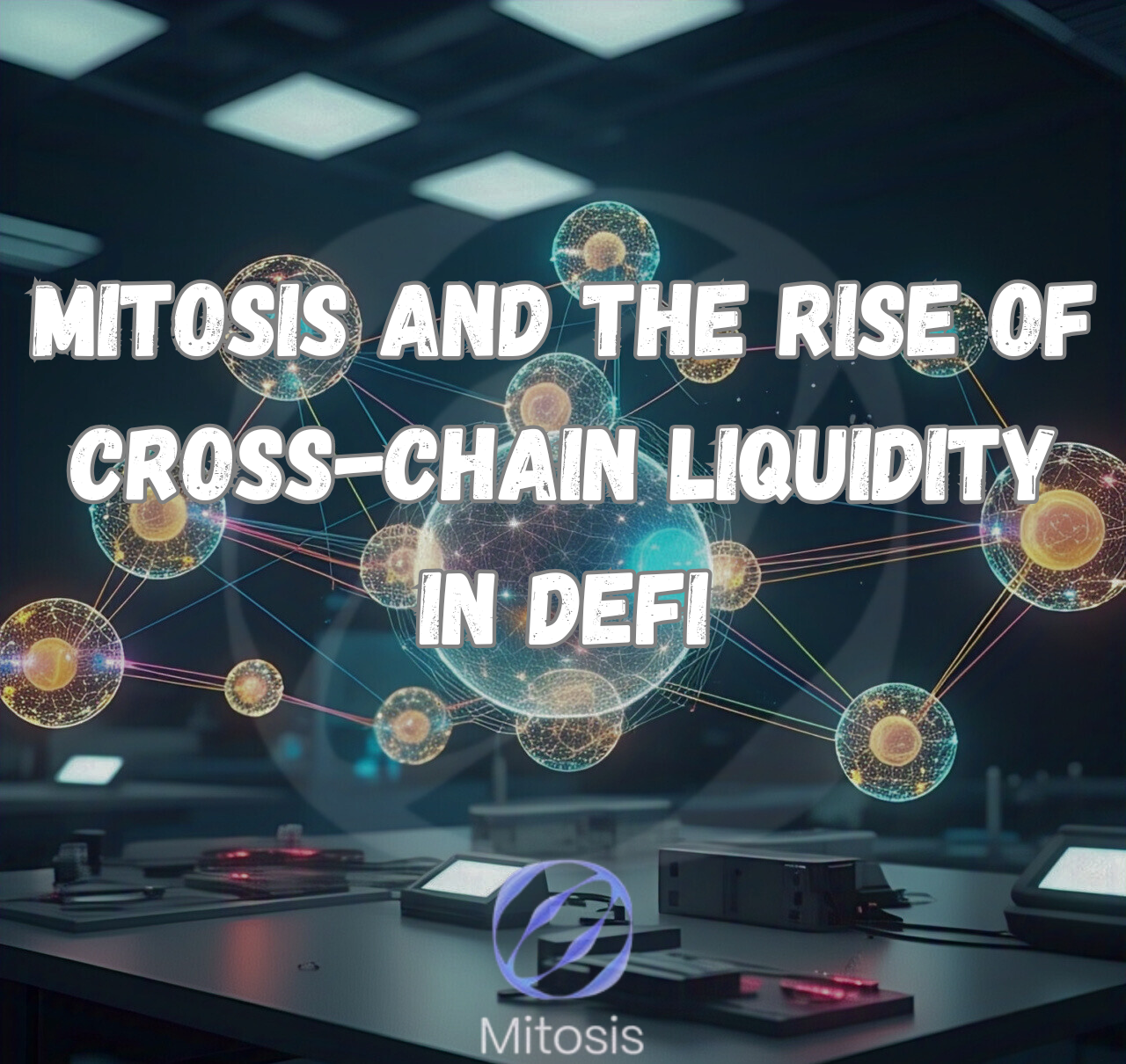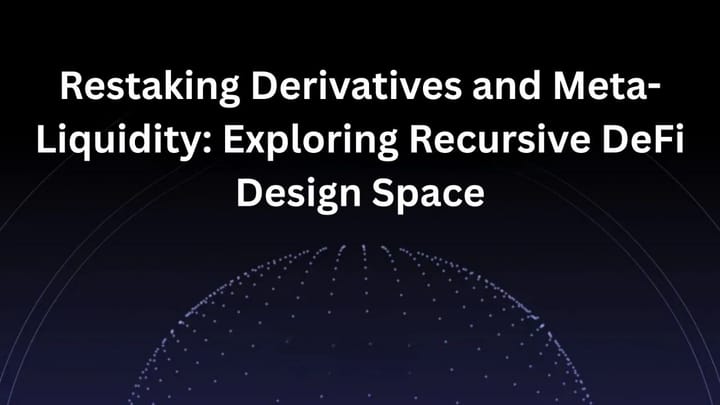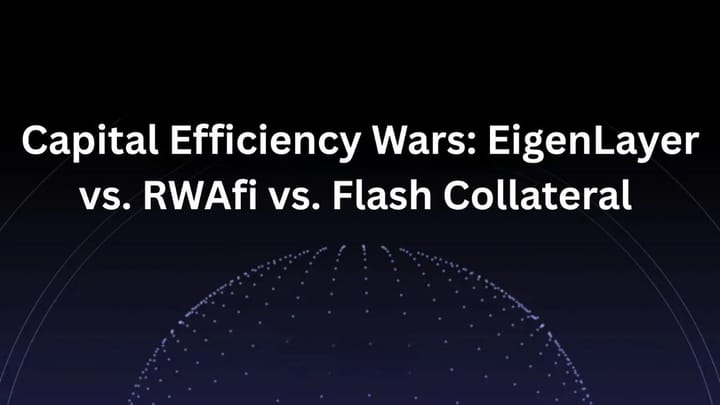Mitosis and the Rise of Cross-Chain Liquidity in DeFi

Introduction:
Ever thought of a platform or an ecosystem that addresses the pressing need in DeFi’s multi-chain evolution and bridging liquidity across blockchain in a seamless and efficient way?
Decentralized Finance (DeFi) is no longer confined to a single blockchain. Ethereum, Binance Smart Chain, Arbitrum, Solana—each network hosts its own thriving ecosystem, but there’s a catch: liquidity doesn’t play well across borders. Assets locked on one chain can’t easily chase opportunities on another, leaving users and protocols stuck in silos. Mitosis, a Layer 1 blockchain protocol, is stepping up to break these barriers with a bold approach to cross-chain liquidity. Backed by a $7 million seed round in 2024 and a growing community, Mitosis isn’t just adapting to DeFi’s multi-chain reality, it’s shaping it to something better and more efficient.
This Article focuses on Mitosis’ role in bridging liquidity across blockchains. Here, we’ll discuss areas that relate to Cross chain liquidity in DeFi, which are;
🎯 The Cross-Chain Conundrum
🎯 Bridging Liquidity with Mitosis
🎯 A Multi-Chain Vision
🎯 The Road Ahead
🎯 Liquidity Without Borders
Let’s dive in 🚀
The Opportunity: The Cross-Chain Conundrum
Imagine this, you staked your ETH in a liquidity pool on Ethereum, earning a decent yield. Then, a hot new protocol launches on Optimism with double the returns. What do you do? Unstake, bridge your assets, pay gas fees, and hope the opportunity hasn’t faded by the time you arrive. It’s slow, costly, and inefficient. For protocols, it’s even worse, new chains struggle to attract liquidity, while established ones hoard it. DeFi’s promise of freedom starts to feel like a patchwork of walled gardens.
Mitosis sees this fragmentation as an opportunity. With its Ecosystem-Owned Liquidity (EOL) model and flagship product, Matrix, the protocol is building a system where assets flow seamlessly between chains, unlocking their full potential. It’s not just about moving money, it’s about making liquidity a multi-chain superpower.
The Twist: Bridging Liquidity with Mitosis
At its core, Mitosis transforms static liquidity into something dynamic. When you deposit assets into Mitosis Vaults, you receive tokenized representations, think “miAssets” or “maAssets,” depending on the vault type. These aren’t your average tokens; they’re portable, yield-bearing, and chain-agnostic. Mitosis’ cross-chain infrastructure lets these assets travel where they’re needed most, whether it’s Ethereum, an L2 like Arbitrum, or beyond.
Take liquid restaking tokens (LRTs), for example. These increasingly popular assets let users restake staking derivatives (like stETH) for extra rewards. Mitosis supercharges them by enabling cross-chain movement, so an LRT minted on Ethereum can earn yields on another network without the usual bridging hassle. It’s a game-changer for LPs who want flexibility without sacrificing returns.
Matrix, Mitosis’ curated DeFi platform, adds another layer. Its vaults offer structured campaigns, some short-term, some locked, where LPs can deposit assets and earn enhanced rewards. The twist? These opportunities aren’t chain-specific. Matrix aggregates the best yields across ecosystems, and Mitosis’ tech ensures your assets can follow the action, governed by community votes tied to the EOL model.
Mitosis Vision: A Multi-Chain Vision
Mitosis isn’t doing this alone. Partnerships with cross-chain explorers like Routescan and security-focused players like Ethos signal a commitment to making this work at scale. Their “Expedition Testnet” in 2024 tested these features, letting users experiment with cross-chain flows and earning MORSE token rewards in the process. The upcoming $MITO token, tied to governance and ecosystem growth, will likely amplify this vision as the mainnet launch nears.
Why does this matter? DeFi’s multi-chain future is already here by 2025, over 50% of DeFi’s total value locked (TVL) spans beyond Ethereum, per industry trends. But without fluid liquidity, that growth risks stalling. Mitosis tackles the “cold start problem” for new chains by channeling assets where they’re scarce, while giving LPs access to yields wherever they bloom. It’s a win-win that could redefine how DeFi scales.
What to expect: The Road Ahead
Cross-chain anything comes with hurdles. Bridging tech can be a security weak point. Gas fees, even on L2s, add friction. And Mitosis’ lockup options in Matrix Vaults might not suit every user. Still, their focus on transparency (all on-chain) and community governance (LPs vote on liquidity allocation) sets a high bar. With $7 million from backers like Amber Group and Foresight Ventures, they’ve got the resources to iron out the kinks.
Conclusion: Liquidity Without Borders
Mitosis isn’t just building a protocol, it’s laying the groundwork for a borderless DeFi. Their “Game of Mito” campaign hinted at the fun side of this journey, but the real prize is practical: a world where your assets aren’t trapped by the chain they’re on. As DeFi evolves, liquidity needs to keep up, and Mitosis is betting that cross-chain fluidity is the key.
For users, it’s freedom to chase the best opportunities. For protocols, it’s a lifeline to bootstrap growth. And for DeFi as a whole, it’s a step toward a truly interconnected ecosystem.
The opportunity to learn more about DeFi is here at Mitosis University, join in so you don’t miss out.
For more updates as regards Mitosis ecosystem, check out their official sites at: Website | X | Discord | Telegram


Comments ()